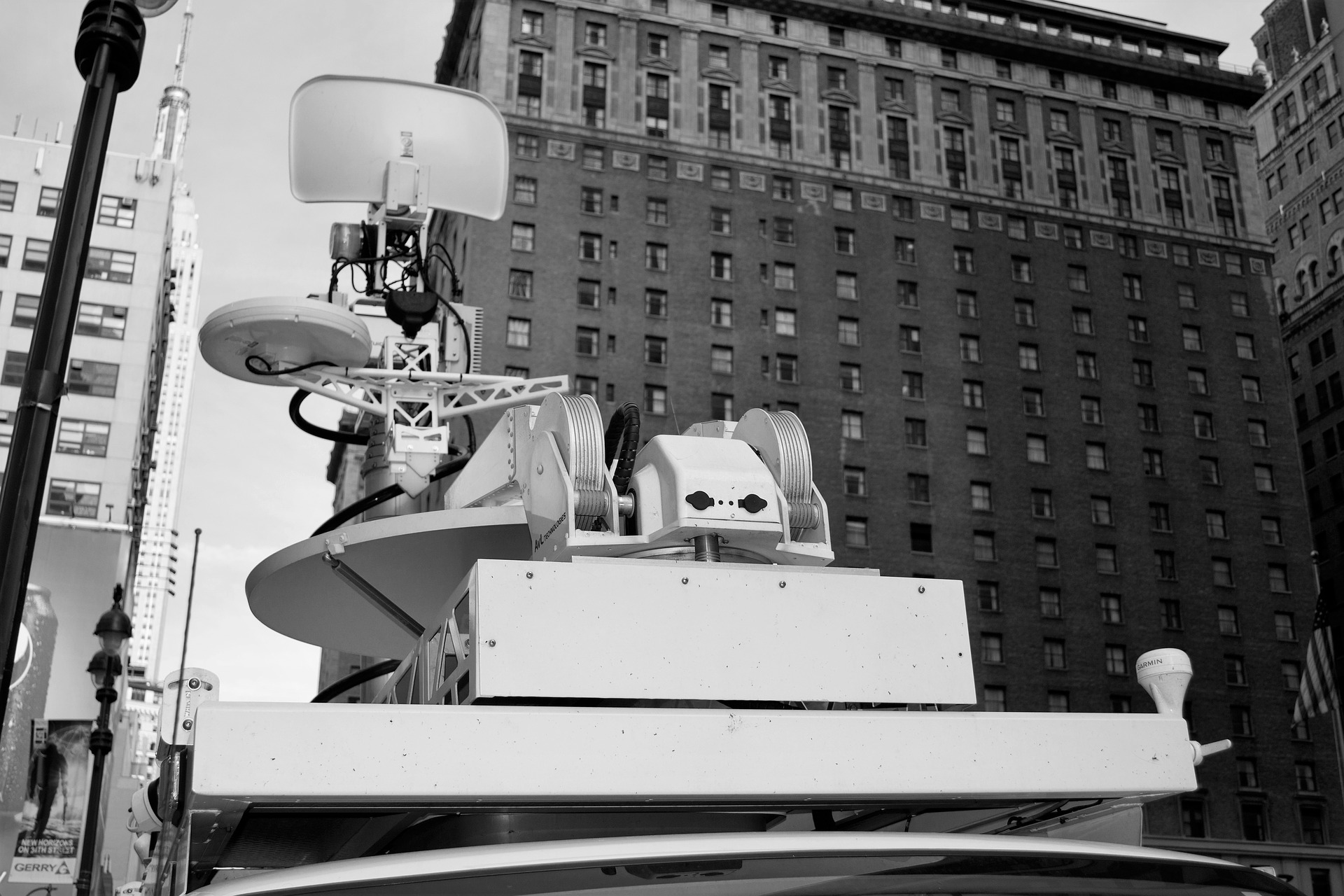As today’s electronics designs become smarter and more complex, more engineers are banking on surface mount technology. After the 1980s, this technology became the preferred PCB assembly technology in electronics manufacturing and has remained ever since.
Most components of the phone regardless of the brand were probably made using Surface Mount Technology (SMT). Surface-mounted technology (SMT) is a method in which the electrical components are mounted straight onto the surface of a printed circuit board (PCB). An electrical component mounted in this form is referred to as a Surface-Mount Device (SMD).
In industry, this approach has largely substituted the through-hole technology construction method of fitting components, for the most part, because SMT allows for escalated manufacturing automation which reduces cost and improves quality. It also creates an avenue for more components to fit on a given area of the substrate. Both technologies can be adopted for use on the same board, with the through-hole technology mostly used for components not perfect for surface mounting; for example, large transformers and heatsinked power semiconductors.
Surface-Mounted Technology was constructed in the 1960s. The design approach first displayed by IBM in 1960 in a small-scale computer was afterward applied in the Launch Vehicle Digital Computer used in the Instrument Unit that guided all Saturn IB and Saturn V vehicles. Mechanically, components were restructured to have small metal tabs or end caps that could be soldered directly to the surface of the PCB.
Components became obviously smaller and component placement on both sides of a board became excessively common with surface mounting than through-hole mounting, permitting much higher circuit densities and smaller circuit boards and in turn, machines or subassemblies bearing the boards.
Surface-Mounted Technology Assembly
SMT assembly is a substitute to the through-hole method of PCB manufacturing, which had its peak in the 1970s and 1980s. As electronics manufacturing continued to gain prominence, a more efficient, better process became paramount. Surface Mounted Technology assembly was birthed out of this need.
SMT assembly was initiated and invented as a way to create a better, more powerful electronic product. As you can observe, it is very evident that Surface Mounted Technology assembly is a huge part of just about every electronics development today. If you’re still adopting the use of through-hole in your PCB design, consider exploring into whether or not SMT assembly is the upgrade you need to help your product evolve.
SMT assembly is affordable and capable of producing high volumes, creating a better per-unit cost; it has also served efficiently, even in complex situations with utmost simplicity and almost zero error discovered.
CONCLUSION
If we must continue to thrive in the era of this technological advancement that has brought comfort to the face of the earth, then we must follow keenly with the flow of its inventions. SMT, SMT Assembly are absolutely some of the ways to be a part of this evolving technological system.
Also Read: PCB Manufacturing Process.

